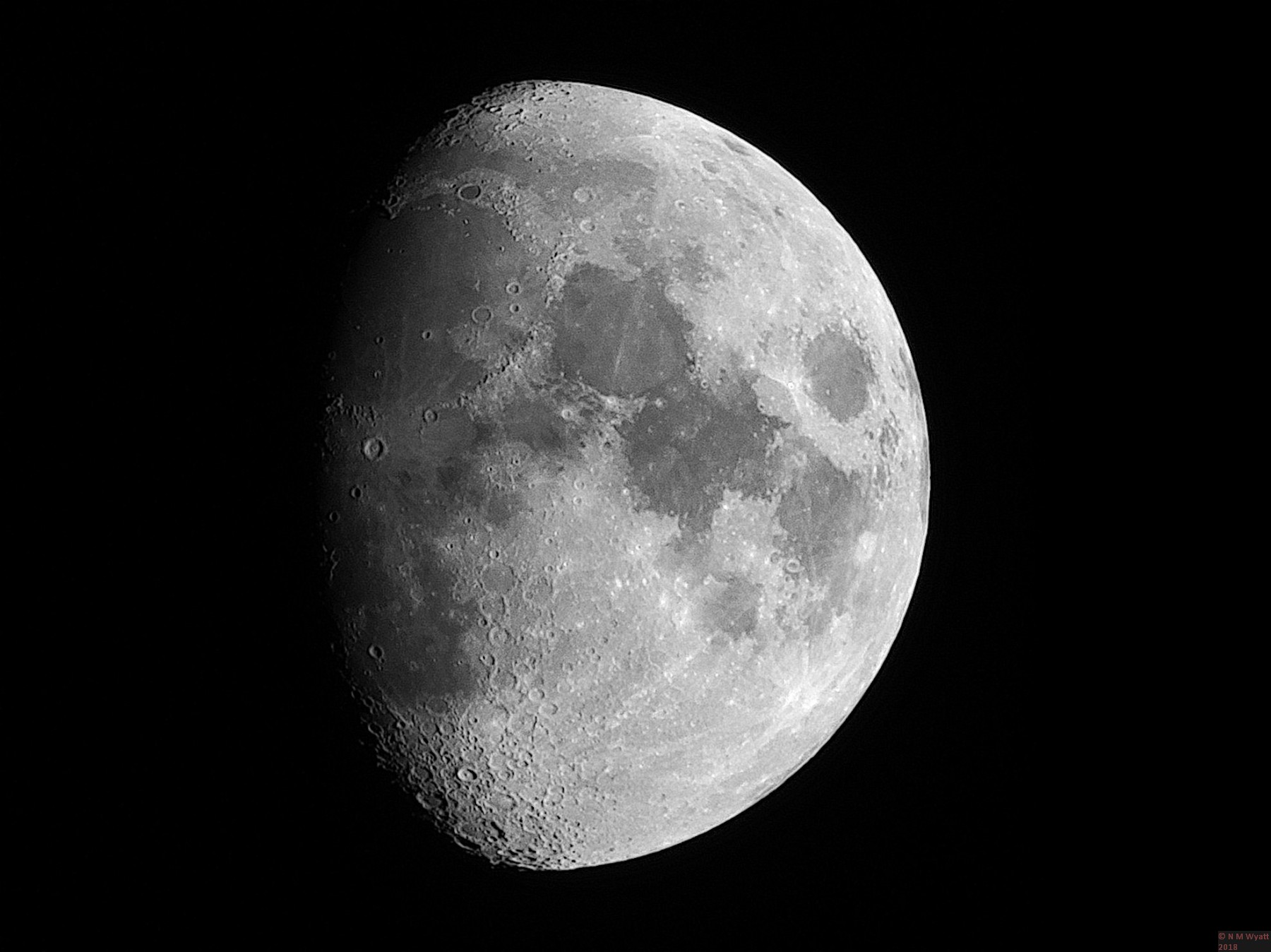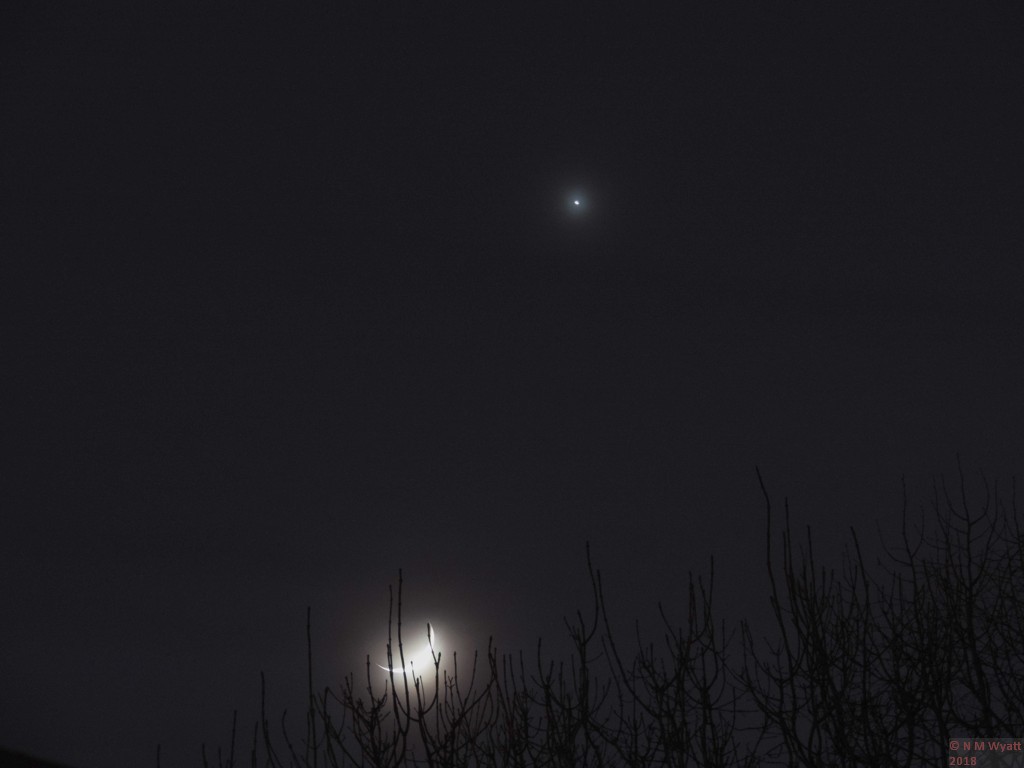If you find this website useful, please check out my books or visit my Amazon Author page. Or even Buy Me a Coffee!
Astronomy
Astrophotography
You are never too old to learn, and one of the thing that has opened my eyes has been discovering the quality of astronomical images that can be produced by amateurs with very modest equipment. By using digital cameras and image processing software it's a realistic ambition to produce images that compare favourably with those produced by the world's biggest telescopes fifty years ago - right in your back yard!
This website does not showcase the best astronomical pictures on the internet! It's a selection of pictures I have taken myself with basic equipment and free software. Producing images like these below, or even better ones, is within your reach!
Most importantly, you don't have to spend a fortune. My first serious scope, mount and tripod cost £180 on Ebay. I spent £40 on a more solid tripod, and about £200 on various bits and pieces including books and an ancient Canon EOS DSLR and a seconhand Microsoft HD Webcam. The results shown before are some of my best so far, and will be updated from time to time.
Perhaps the easiest target in the sky is the moon. You can get good pictures with any long or zoom lens, this is a 'stack' of six pictures taken with an ordinary bridge camera:
A gibbous moon photographed on the isle of Skye.
Follow the links below for introductions to some of the other things you can image in the night sky:
A Conjunction of Moon and Venus
M93 is the highest numbered open cluster on Messier's list, most of his later additions being relatively faint galaxies. Its shape has been compared to a butterfly or fish. It contains a relatively large number (54) of variable stars. Please excuse the awful picture, it can't be replaced before early 2021 at best...
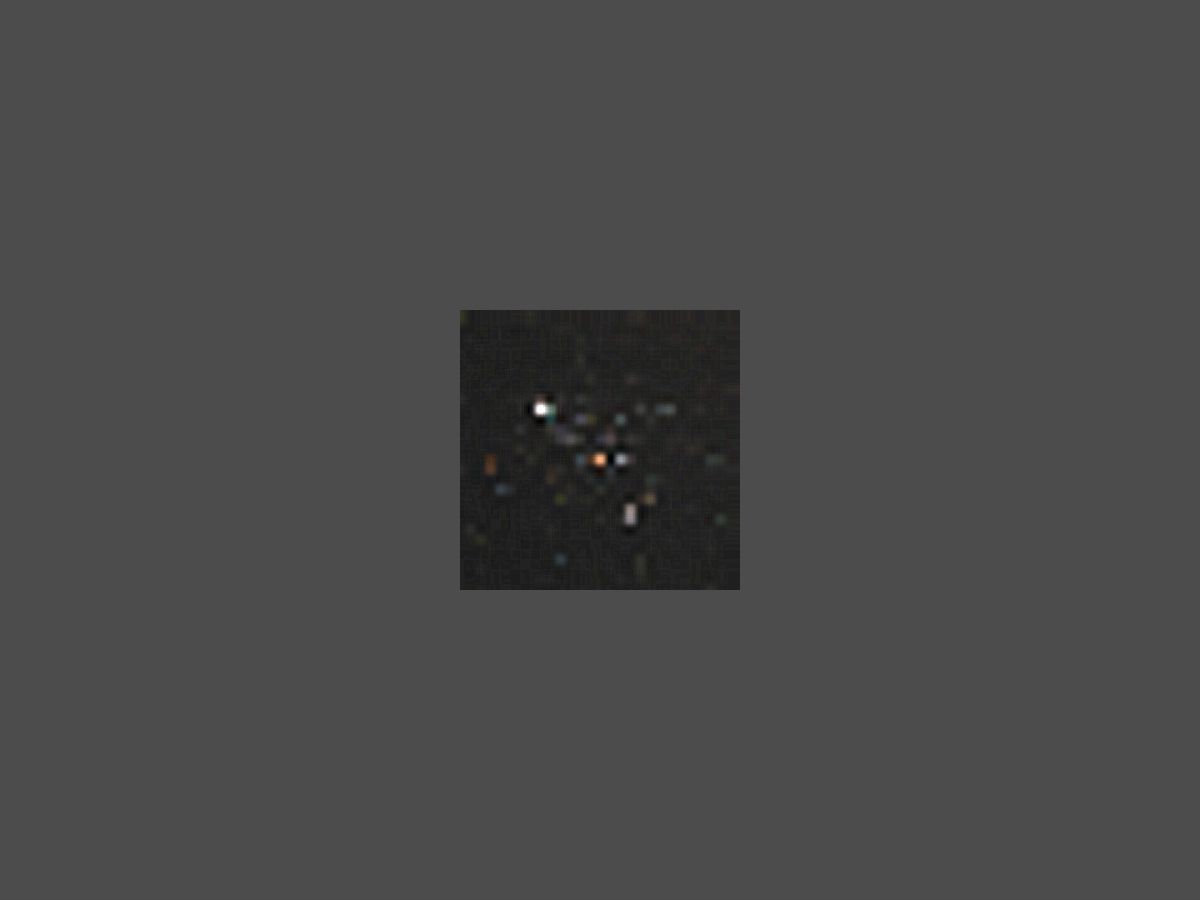
M93 the Butterfly Cluster
- Details
- Category: Astrophotography
M90 is one of the largest and brightest sprial galaxies known, brighter than the Andromeda Galaxy, M31. Its outer arms are surprisingly smooth, indicating relatively low levels of star formation.
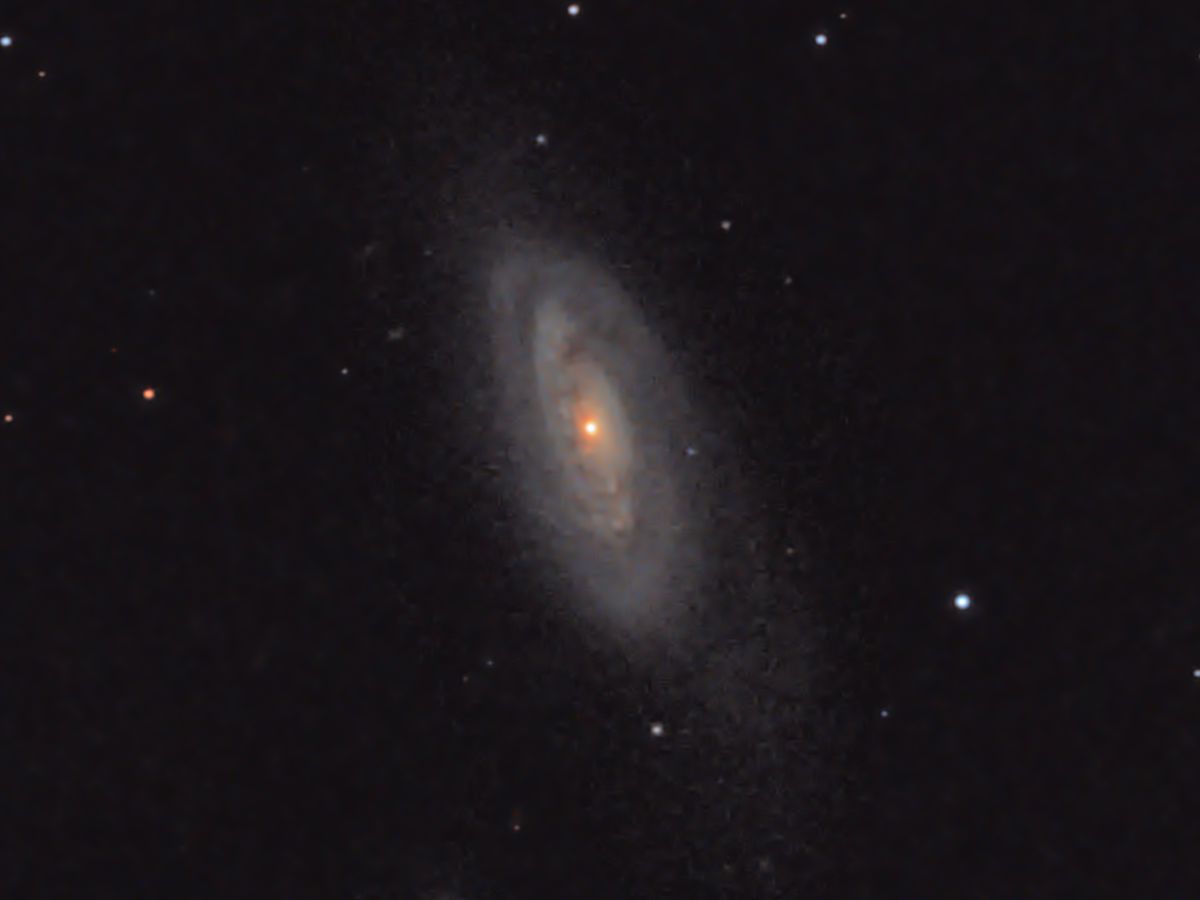
Spriral galaxy M90
- Details
- Category: Astrophotography
In appearance, M89 is remarkably unremarkable! In fact it is unusual because it seems to be almost perfectly spherical, but thjis may be beacuse its longest axis is pointing almost directly at Earth. X-ray studies show two rings of hot gas around its core, it also has around 2,000 globular clusters.
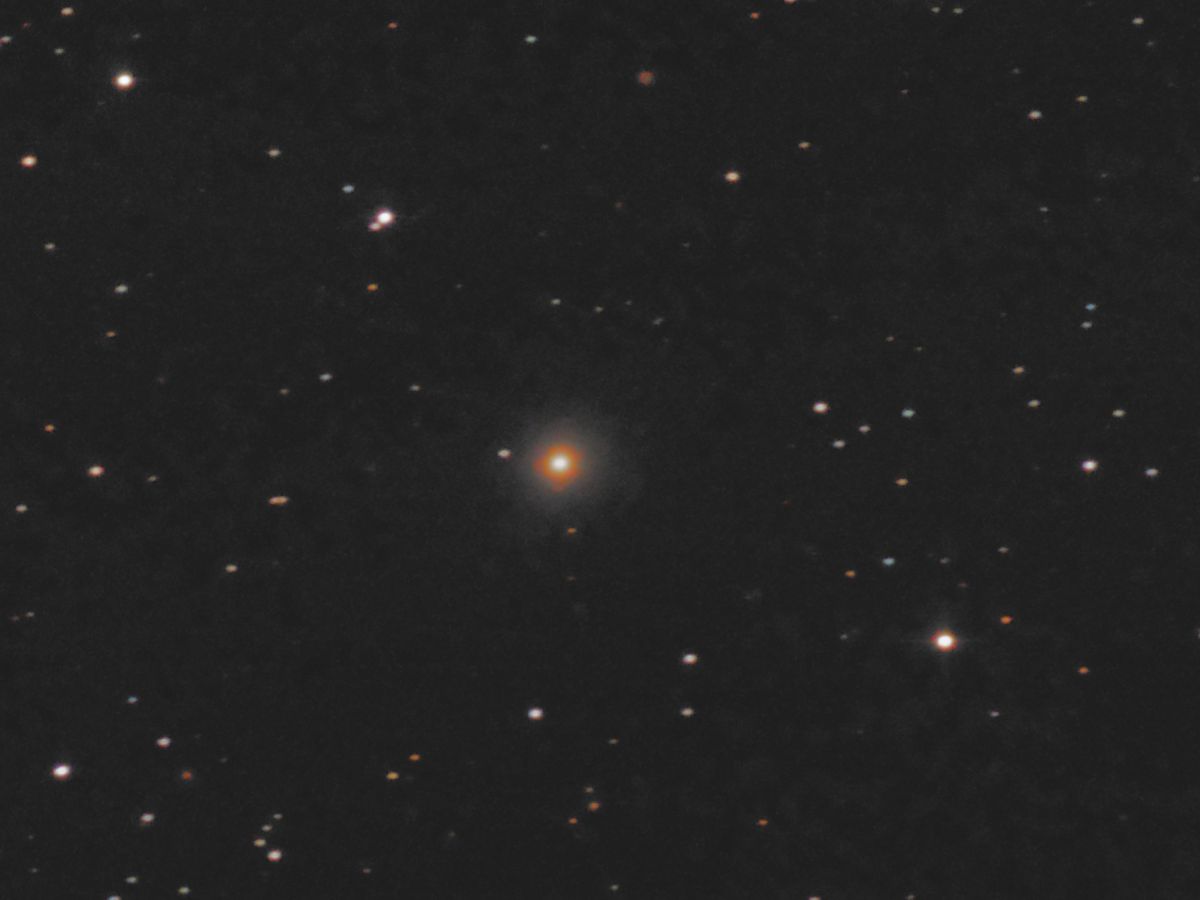
M89 elliptical galaxy
- Details
- Category: Astrophotography
M88 is an active spiral galaxy in Coma Berenices with a supermassive black hole at its core. It has a well defined structure with fairly tightly wound spiral arms.
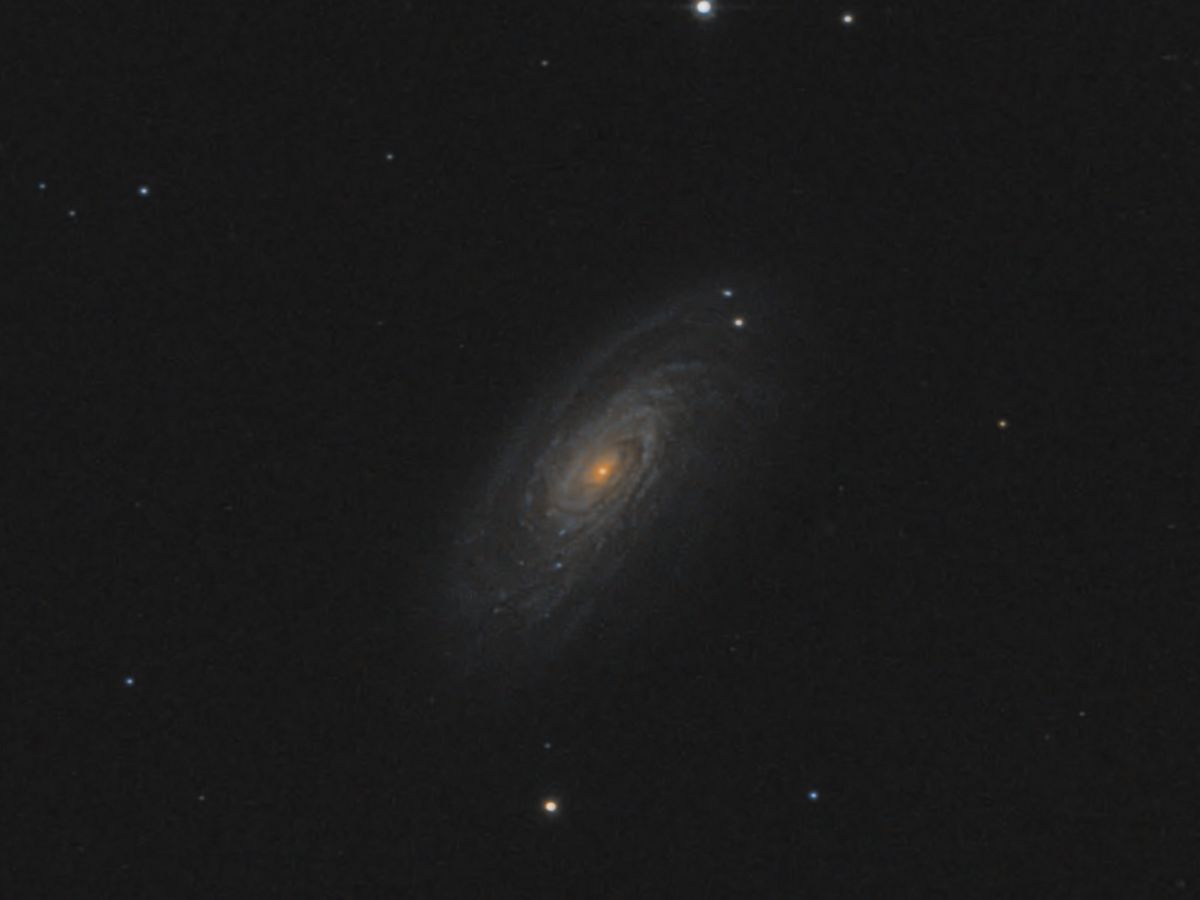
M88 spiral galaxy
- Details
- Category: Astrophotography
M87 is a supergiant elliptical galaxy in the Virgo Cluster. It is one of the few objects that shows more interesting structure in short exposure images, in this case they reveal a 'relativistic jet' of matter leaving the supermassive bblack hole galaxy's core at near to the speed of light. In 2019 this was the first black hole to be imaged. The inset showing the jet is at the same scale as the larger image, but a shorter exposure.
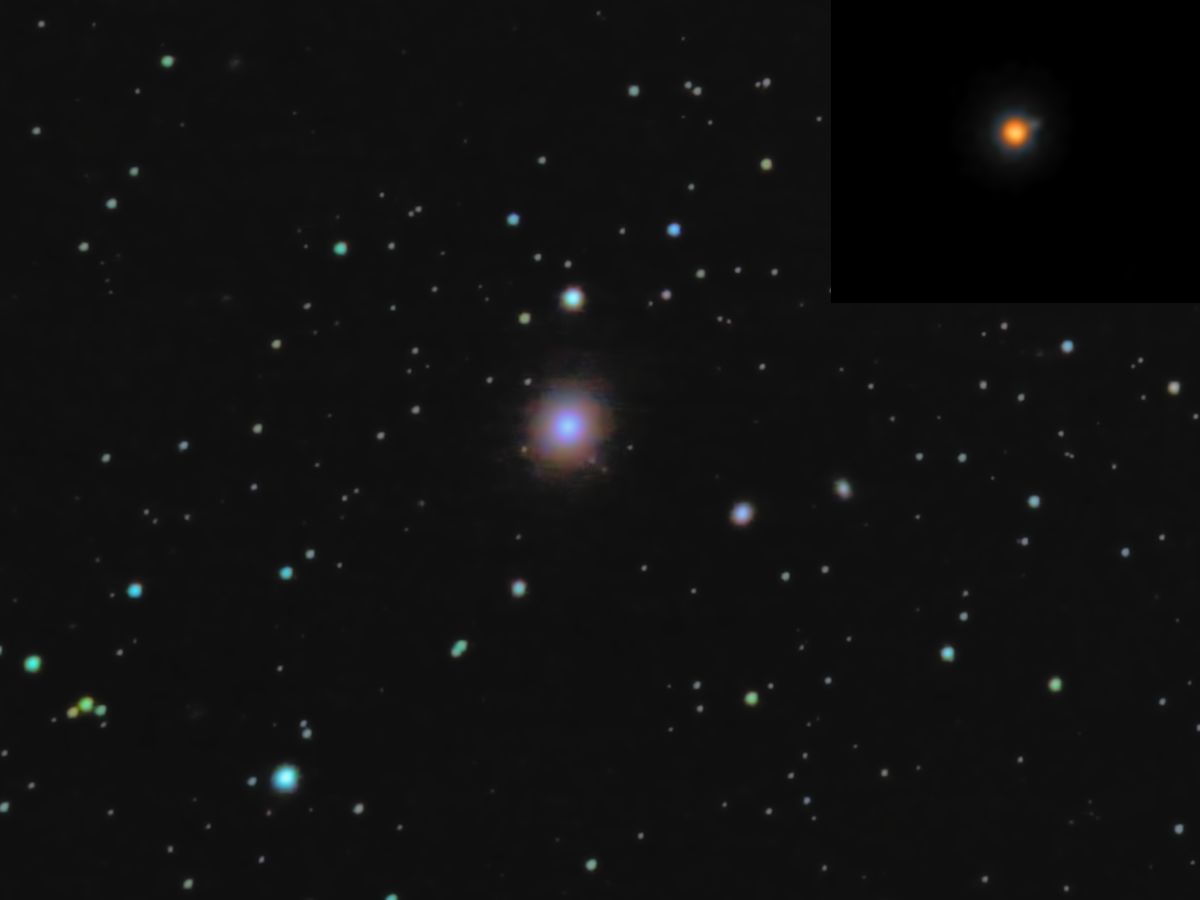
M87 with inset showing relativistic jet
- Details
- Category: Astrophotography
Page 5 of 23

